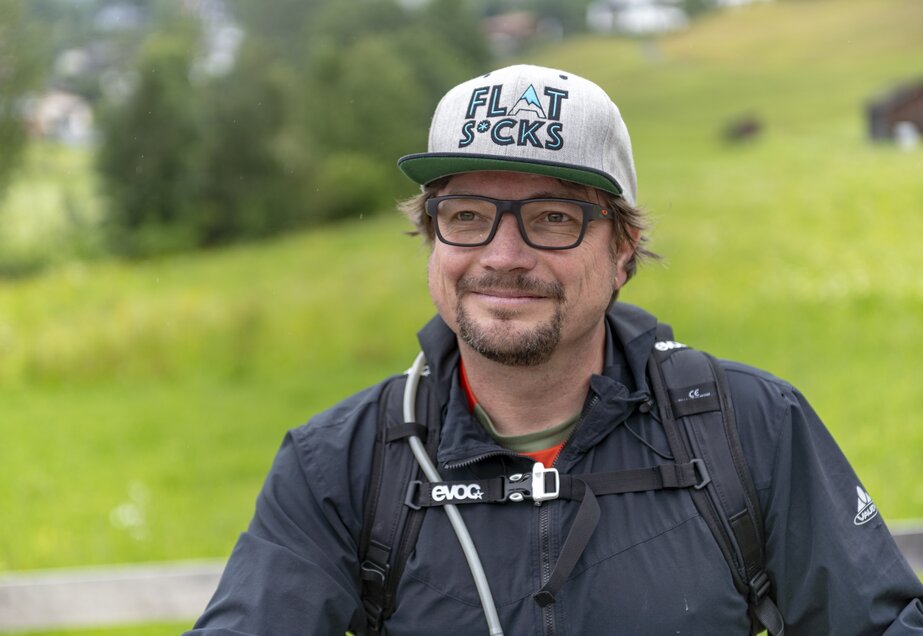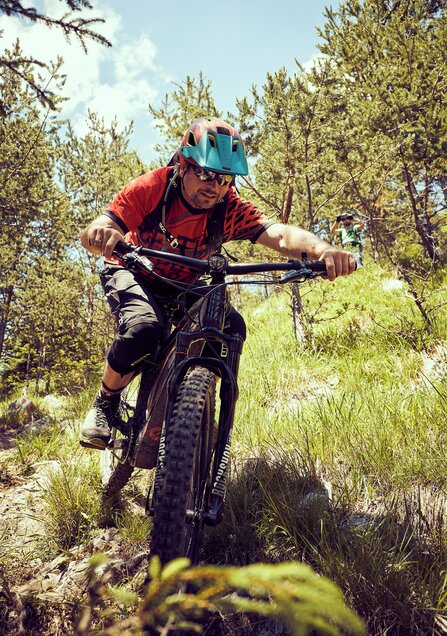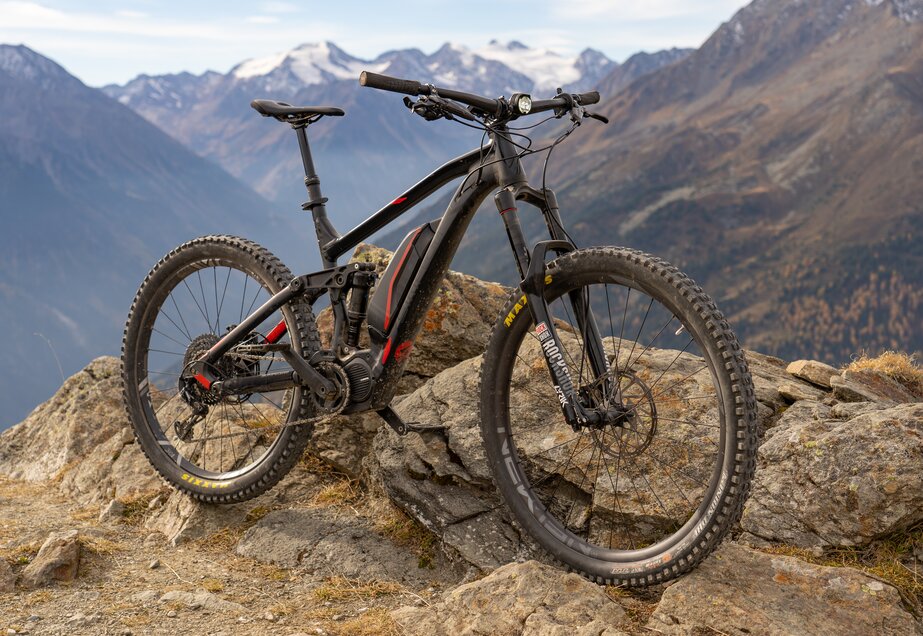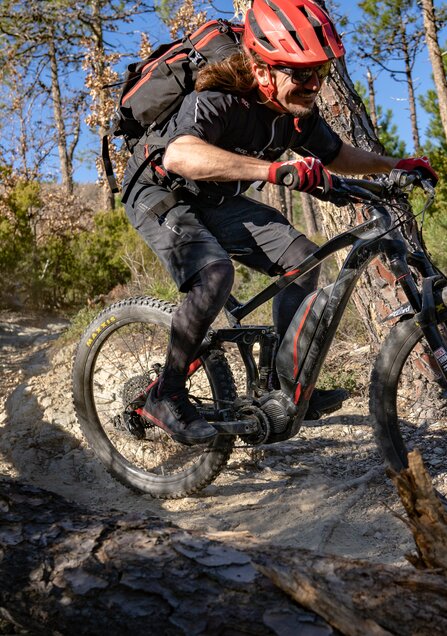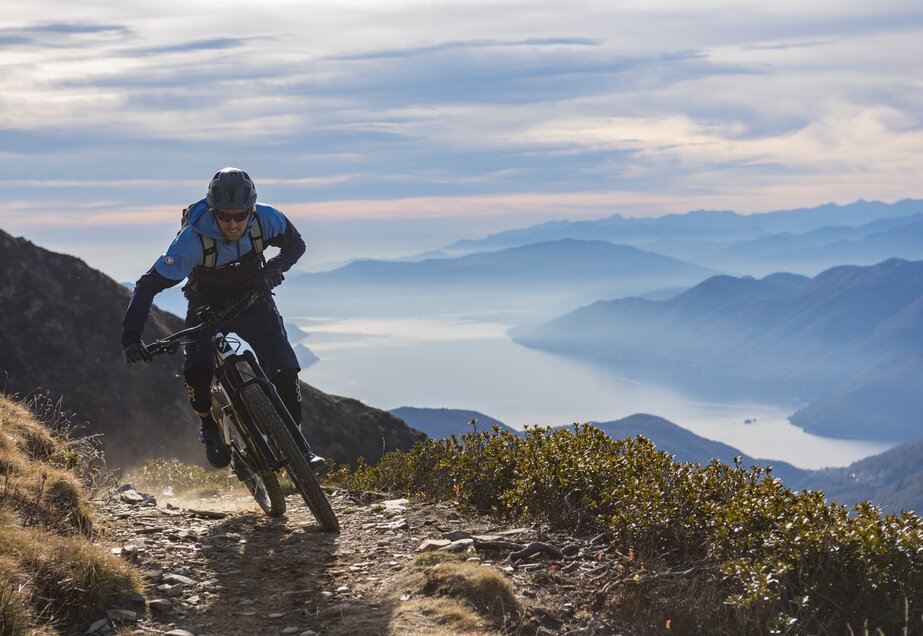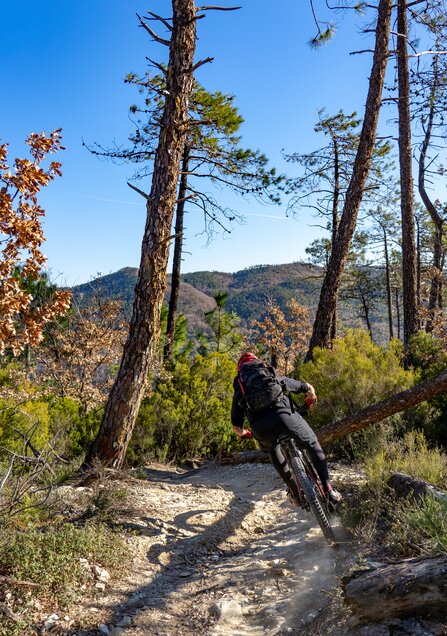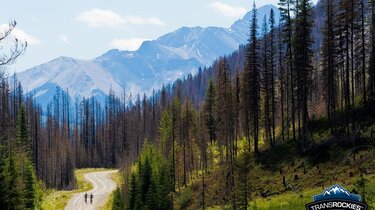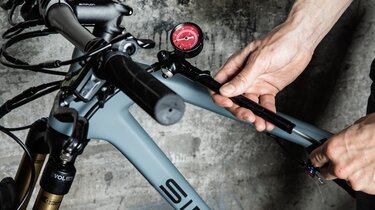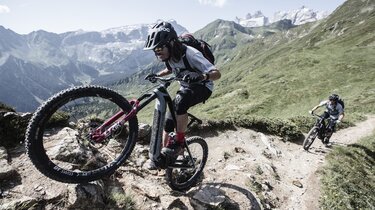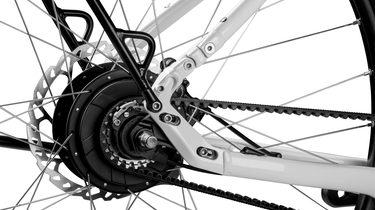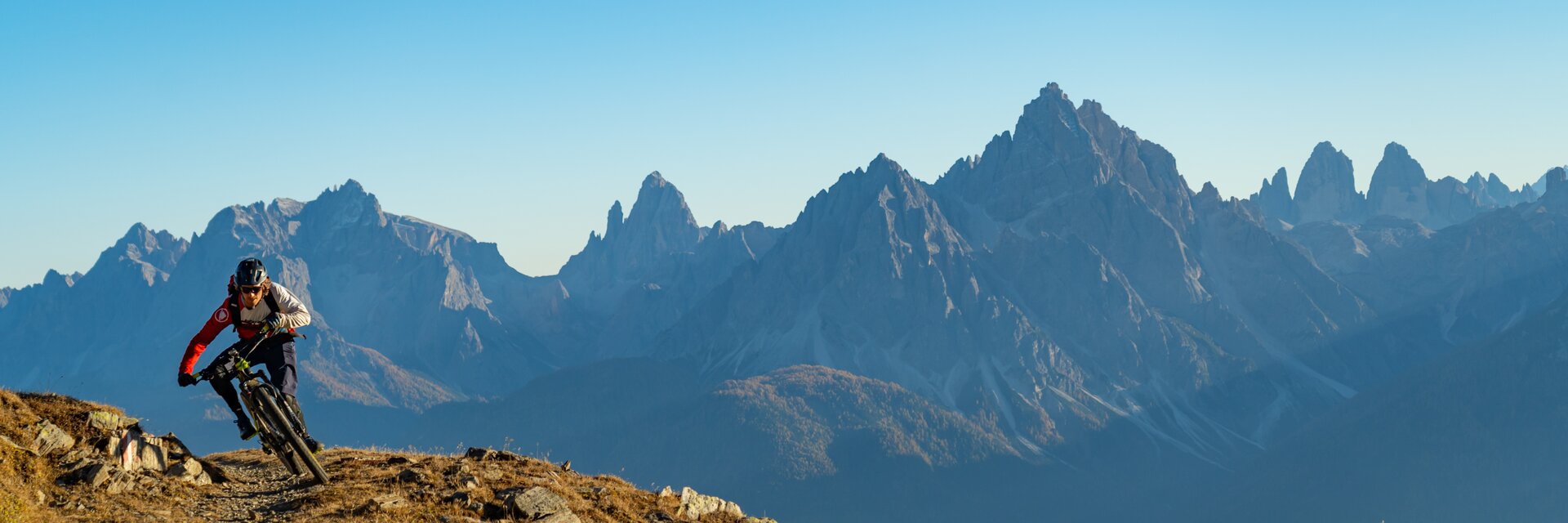

How to plan the perfect E-MTB tour
In our three-part series, bike expert Christoph Malin shares his tips on how to plan the perfect E-MTB tour. Part 1: The four phases of tour planning.
Bike expert Christoph Malin shares his tips and tricks
The buckle of your helmet gently clicks as you close it. You hop in the saddle, the handlebars of your e-mountain bike still feel cool under your fingertips, and you know: It’s going to be a perfect bike tour in the mountains.
But what do you need to keep in mind ahead of every great tour? Bike expert Christoph Malin says: Quite a lot! In a three-part series in the Simplon Magazine, he shares his tips and tricks on how to meticulously plan a one-day or multi-day tour with your E-MTB . He’ll also let us in on what to take into account when riding with a drive unit.
In the first part of the series, you’ll get some first insights into the four phases of tour planning: planning at home, reassessment on site, rolling planning on tour and reflection.
About Christoph Malin …
What he does: The e-bike pioneer is an international filmmaker, freelance bike journalist and photographer. He also founded Team Vertriders , Nordpark Singletrail – Europe’s toughest downhill single track – and he’s a (founding) member of the Austrian Alpine Club Mountainbike Educational Team.
What he loves: technically challenging mountain bike tours with hundreds of metres of difference in altitude – uphill and downhill. Per bike season, he covers approximately 250,000 metres of difference in altitude.
What sets him apart: More than 35 years of experience in the bike industry as a consultant, test rider and expert in developing new bikes make him an absolute insider in the industry.
What do you need to keep in mind when planning an E-MTB tour?
Ahead of every tour, it’s important to not just randomly start pedalling but to have a clear goal in mind. You should ask yourself the following questions:
- Where will my tour take me? Do I stay in my familiar surroundings or do I want to branch out a little and explore other regions?
- Which type of tour do I want to go on? A day trip in the mountains to test a few trails or a multi-day tour with lots of elevation gain?
- How difficult should the tour be? Are friends accompanying me that might not have the same level of experience on an E-MTB as me?
- Is the equipment adequate for my endeavour? Do I have everything I need?
- What’s the weather going to be like? Is it hot, windy or rainy on site?
Meticulous tour planning is essential for a great bike tour. Whether you’re riding alone, with a friend, or in a larger group: Keep in mind that the tour shouldn’t exceed your own or your pals’ skills. For reference, you’ve got the Single Track or Uphill Scale . They’ll help you get an idea of the difficulty (uphill or downhill) of the route beforehand.
Don’t forget: An E-MTB adds another factor to your tour planning. Thanks to the electric tailwind combined with the rider’s own performance, longer tours and a greater range are possible. Planning is still essential in this case, though: You’ve got to keep in mind the limited capacity of the battery.
The 4 phases of tour planning
Phase 1: Tour planning at home
A major chunk of your planning takes plane in the initial phase. That’s where you set the basis for the success of your E-MTB tour, and all important info surrounding “rider, surroundings/terrain and technique” is established. This includes selecting the tour, calculating its duration, scheduling breaks and finding alternatives as well as navigation on site. You can read more about this in the second part of our series with Christoph Malin.
Phase 2: Assessment on site
It’s not always possible to find out about all the details of a region or the tour from home. Some things only become apparent once you’re on site. That’s where you’ll gather the last bits of information. For instance: Are there local road or trail blocks? Will the weather stay stable, or is there still snow on the mountain? The hosts at the region, the tourism info, the local bike shop or local bikers will have this kind of intel for you. The motto is: Ask, ask, ask!
Phase 3: Rolling planning on tour – perceive, assess, decide
In phase three – rolling planning – it’s all about vigilance and attention. What does that mean? Keep an eye on your surroundings! A storm’s brewing, you’re having trouble with your equipment, exhaustion sets in, or the battery is dying – all these are possible reasons for an early end to your tour or for the selection of an alternative route. Keep them in mind during phase 1 of your planning already!
That’s when famous “plan B” takes effect. This means you should always have an alternative to the planned ascent or descent. Define the key points of your route for that! You should also set a planned total duration so you know when you should reach a certain turnaround point. That’s how you can make an informed decision on how to continue after an unexpected delay. You also don’t need to worry about overtaxing yourself or your group.
Phase 4: Feedback and reflection
At the end of each tour day, you should take a moment to reflect. Sit down and mull over your tour! What was great and what could have been planned a little better? If you’re riding with friends, ask them for their feedback as well. That’s how you can get the most out of your next tour.
You’d like to find out more about how to plan your next one-day or multi-day tour in detail? Then go ahead and take a look at the second part of our series with bike expert Christoph Malin!

